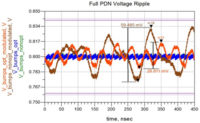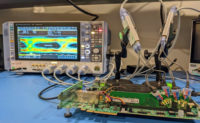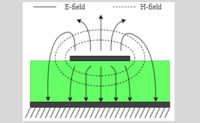Benjamin Dannan
Benjamin Dannan is a technical fellow and an experienced signal and power integrity (SI/PI) design engineer, advancing high-performance ASIC and FPGA designs at Northrop Grumman. He is a Keysight ADS Certified Expert with expert-level proficiency in high-speed simulation solutions and multiple 3D EM solutions. He has expert-level proficiency with multiple test and measurement solutions, including oscilloscopes, vector network analyzers (VNA), Time Domain Reflectometers (TDRs), function generators, and EMC lab testing equipment.
He is a senior member of IEEE, as well as a DesignCon TPC member with a multi-faceted background that includes a wide range of professional engineering and military experiences. His multiple years of engineering experience include designing, developing, and launching production products, ranging from ASICs, radars, fully autonomous robotic platforms, pan-tilt-zoom (PTZ) camera video systems, and ground combat vehicles. He is a specialist in signal and power integrity concepts, high-speed circuits, and multi-layered PCB design, as well as has multiple years of experience with EMC product development and certifications to support global product launches. Additionally, he has extensive experience with Chip-Package-PCB-VRM power delivery network (PDN) principles.
Benjamin holds a certification in cybersecurity, has a BSEE from Purdue University, a Masters of Engineering in Electrical Engineering from The Pennsylvania State University, and graduated from the USAF Undergraduate Combat Systems Officer training school with an aeronautical rating. Benjamin is a trained Electronic Warfare Officer in the USAF with deployments on the EC-130J Commando Solo in Afghanistan and Iraq totaling 47 combat missions, as well as a trained USAF Cyber Operations Officer. In addition, he has co-authored multiple peer-reviewed journal publications and has received the prestigious DesignCon 2020 best paper award, given to authors leading as practitioners in semiconductor and electronic design.









